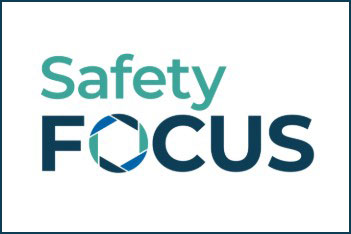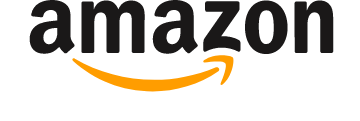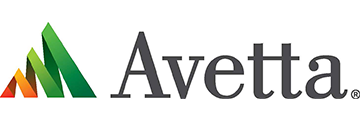
At SeminarFest 2018, Thomas Kramer, P.E., CSP, managing principal of LJB Inc., will instruct an Effective Fall Protection Programs course, as well as the first ever Fall Protection Certificate Workshop. These sessions will teach attendees fall protection in accordance with the ANSI Z359 family of standards. Topics include conducting fall hazard assessments, establishing and evaluating the effectiveness of a managed fall protection program, understanding fall protection system use, limitations and restrictions, and developing fall protection system use and rescue procedures.
The first step to developing a quality fall protection program is understanding your risk. Conducting a thorough fall hazard assessment allows safety leadership to work through the process of identifying hazards and examining options for controlling the risk.
“You can’t reduce your risk if you don’t know where it is and cannot quantify it,” Kramer says. “When you have a broad understanding of your risk, you can make informed decisions on how to allocate resources.”
When conducting a risk assessment, there are three key areas of hazards to consider:
- Means of access
- Location
- Tasks
By focusing on these areas, safety leadership can gain an understanding of the risks associated with how employees access heights, the locations where they work and the tasks they perform. This type of comprehensive assessment helps paint a complete picture of all the risks associated with a project and how they can be mitigated. It also helps an organization determine which risks should be given priority over others.
“In many cases, the safety issues that are brought to management’s attention are the ones that get addressed, even though they may not present the greatest risks,” says Kramer. “By conducting a thorough risk assessment, management can determine where the highest risks are and invest accordingly.”
Beyond assessments, the first thing that comes to many peoples’ minds when thinking about fall protection is PPE such as harnesses and lanyards. While these types of equipment may be effective tools, Kramer says organizations should take many other steps prior to the use of PPE.
“While some may think of PPE first in fall protection, it should actually be a last resort, when everything else is infeasible” Kramer says. “With PPE, you haven’t removed the person from the hazardous situation and you haven’t removed the hazardous situation from the person.”
The better approach, Kramer says, is to work to eliminate or mitigate hazards prior to the use of PPE with more passive safety solutions. This could include a guardrail which greatly minimizes, but doesn’t eliminate the risk. In those cases, if workers stay where they are supposed to stay, they may not need any PPE.
It is important to remember that fall protection PPE is not as intuitive as a lot of other safety equipment and therefore requires significant training on proper use. Even though employees may have the appropriate equipment, they may not know how to wear it properly, how to rig it or they may not be properly anchored.
The complexities of anchorage strength and other factors require the knowledge of a structural engineer or someone with the appropriate background to ensure equipment is used and anchorages are selected properly. Safety leaders should take these factors into account to establish a truly effective fall protection program.
“The ideal situation is to make your solution the most effective it can be, and the least likely to be defeated,” he says. “If you can eliminate a hazard, for instance taking a pipe that’s 12 ft off the ground and moving it so that it’s 3 ft off the ground, you’ve eliminated the need to be at that height and any risks associated with that.”
Along with understanding the variables associated with fall protection, OSH professionals should bear in mind that even though a company may not have had any falls occur over a long period of time, that does not necessarily mean that it has an effective fall protection program.
A lack of falls can lead companies to think they are doing all the right things to protect people, when in reality they have just been fortunate that no one has been injured, or worse. This requires vigilance to not equate a lack of falls with an effective program. A safety leader should ask himself/herself, “Are we good or are we just lucky?”
The organization’s attitude plays a major role in establishing a culture that makes people want to work safely, wear PPE properly and be champions that encourage people to do the right thing.
“The more that you educate your people and enforce safety through culture, the more you can minimize your risk,” Kramer says. “The goal is to create a coordinated program that considers all your risks and not just one hazard at a time.”
Learn more about Kramer’s courses:
400. Effective Fall Protection Programs
401. Fall Protection Certificate Workshop



